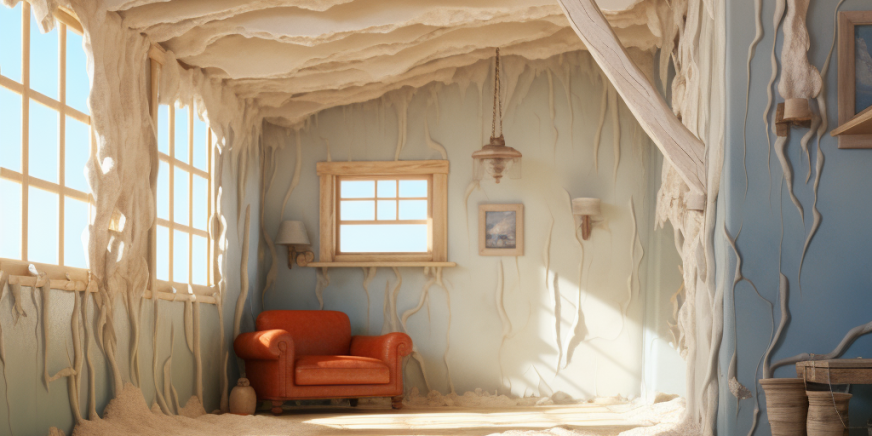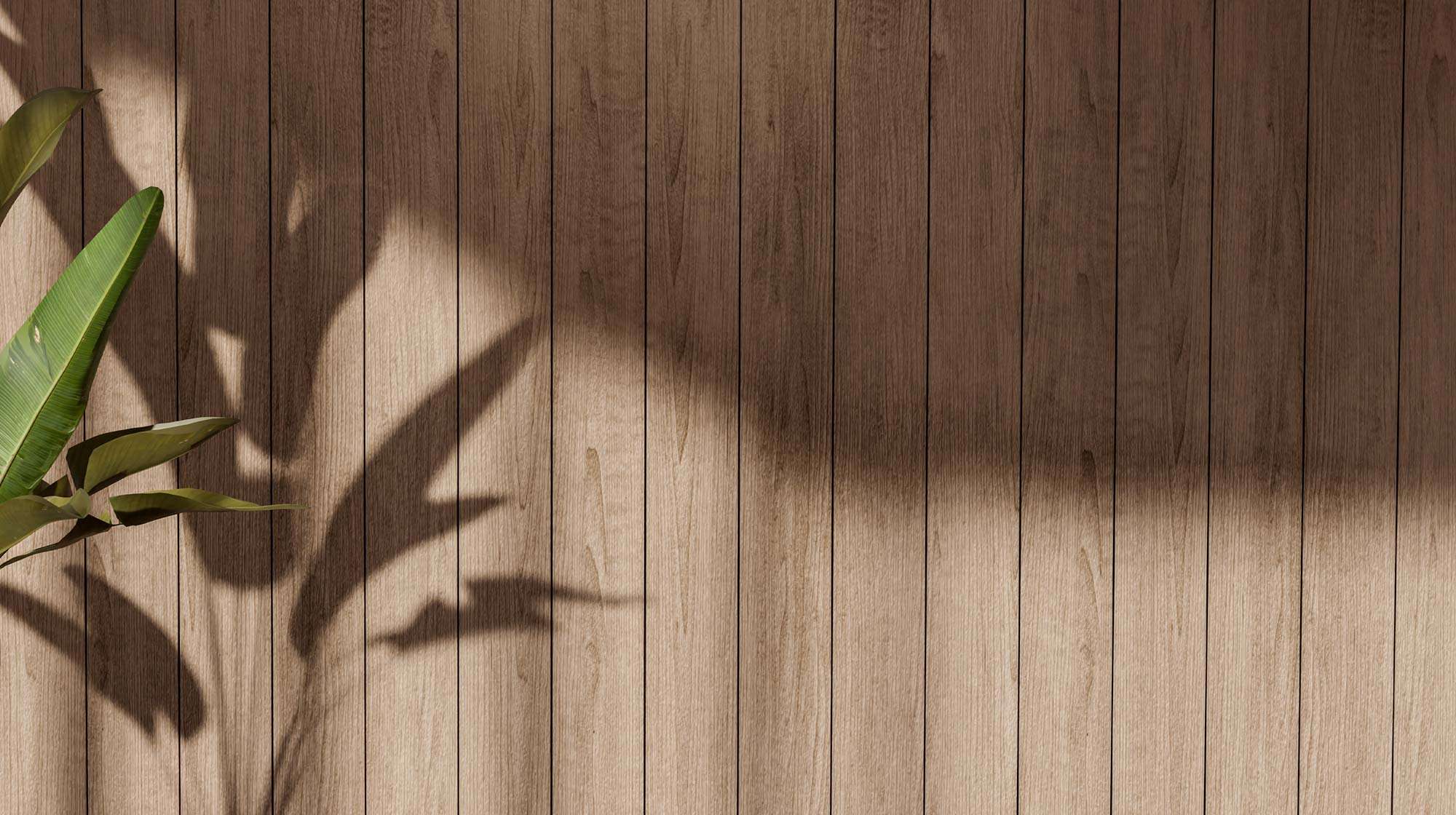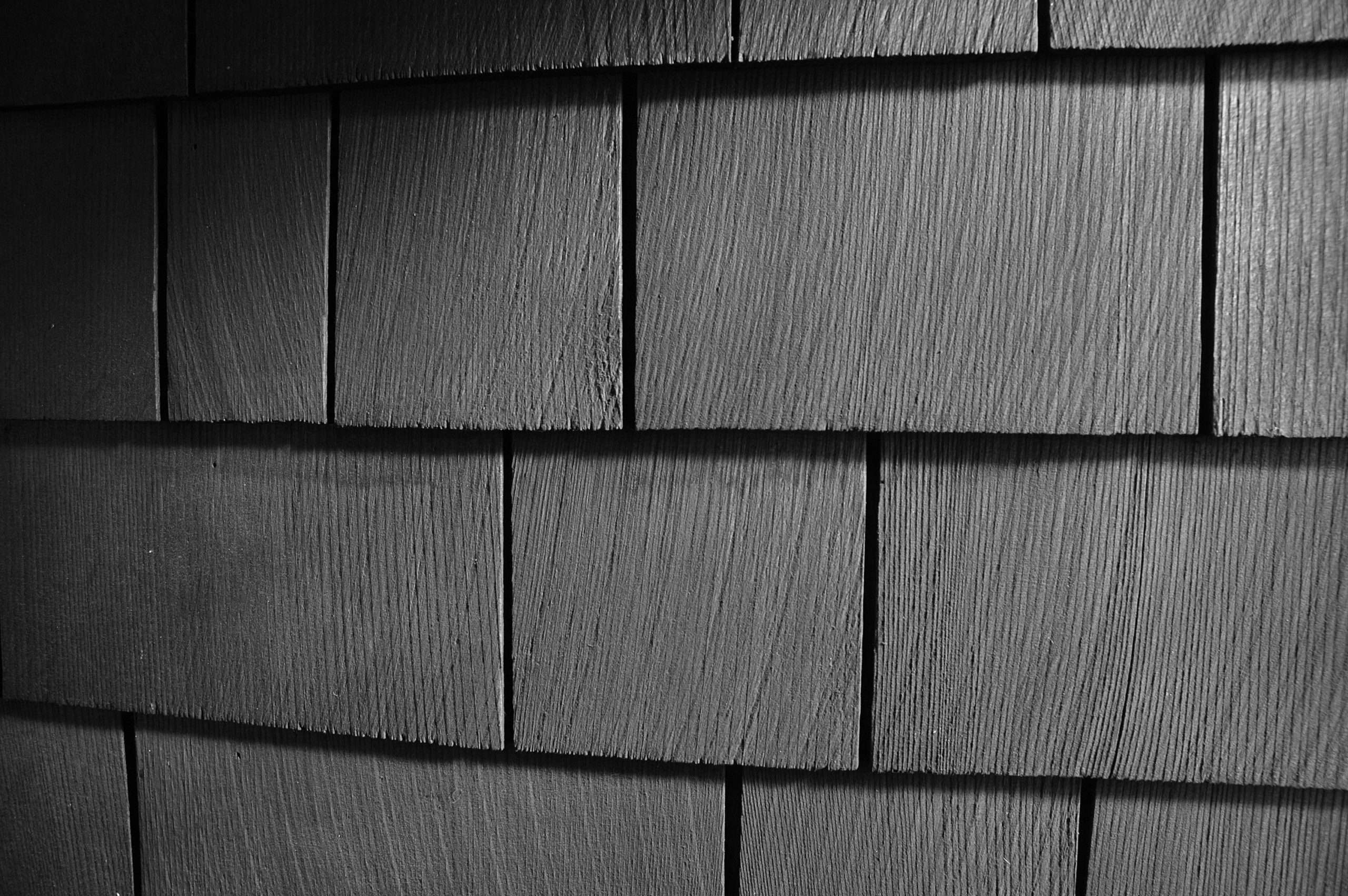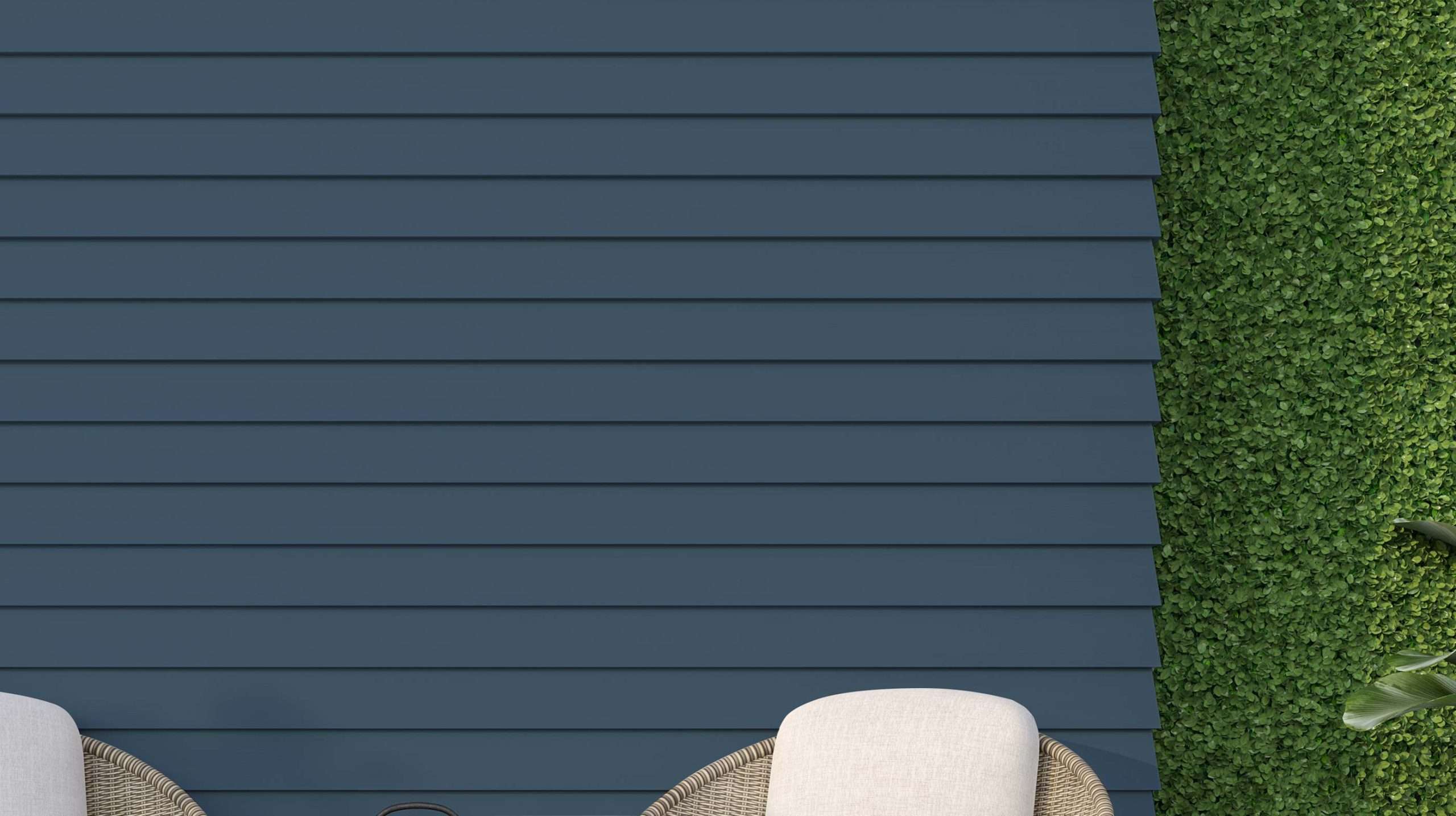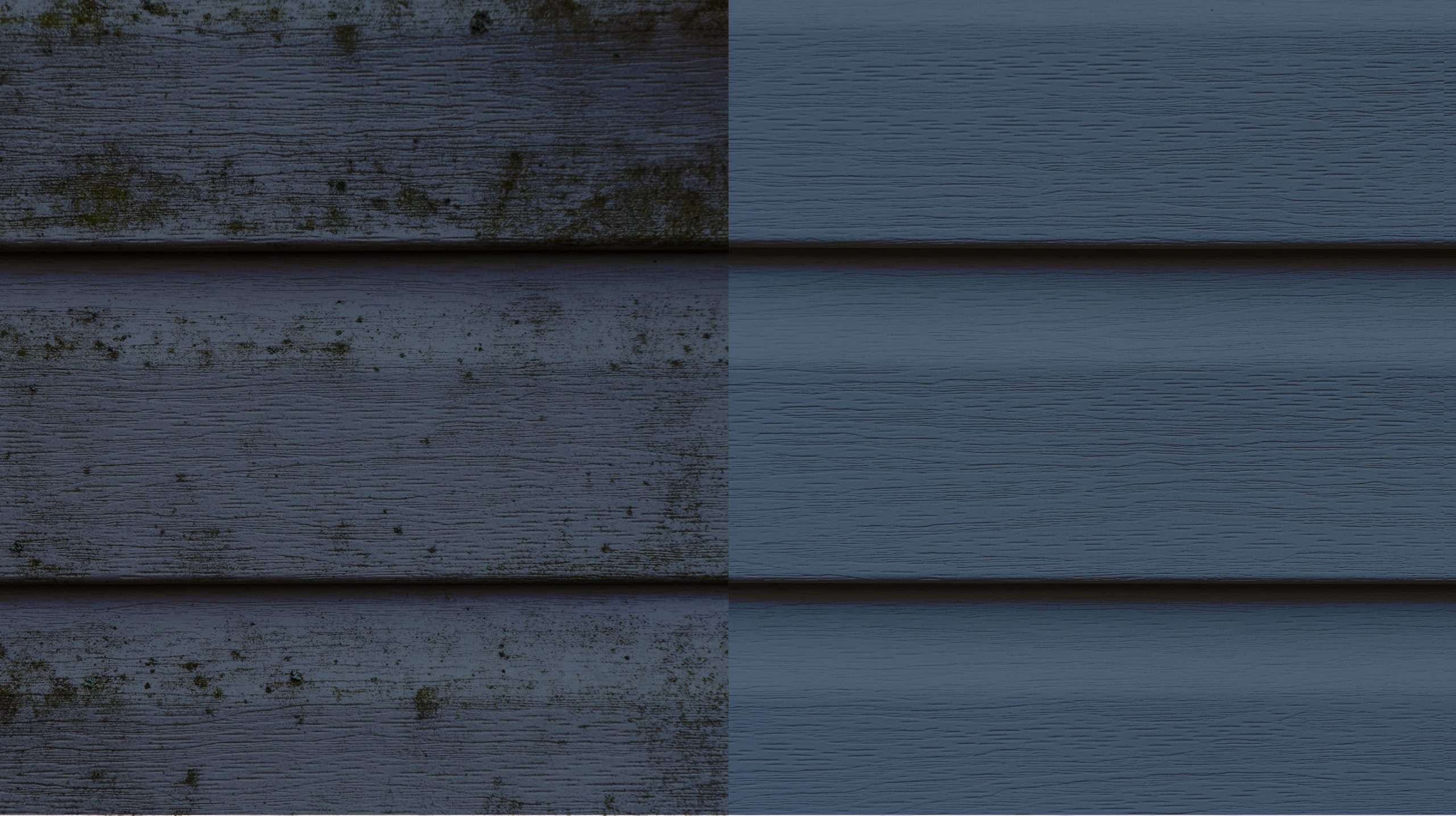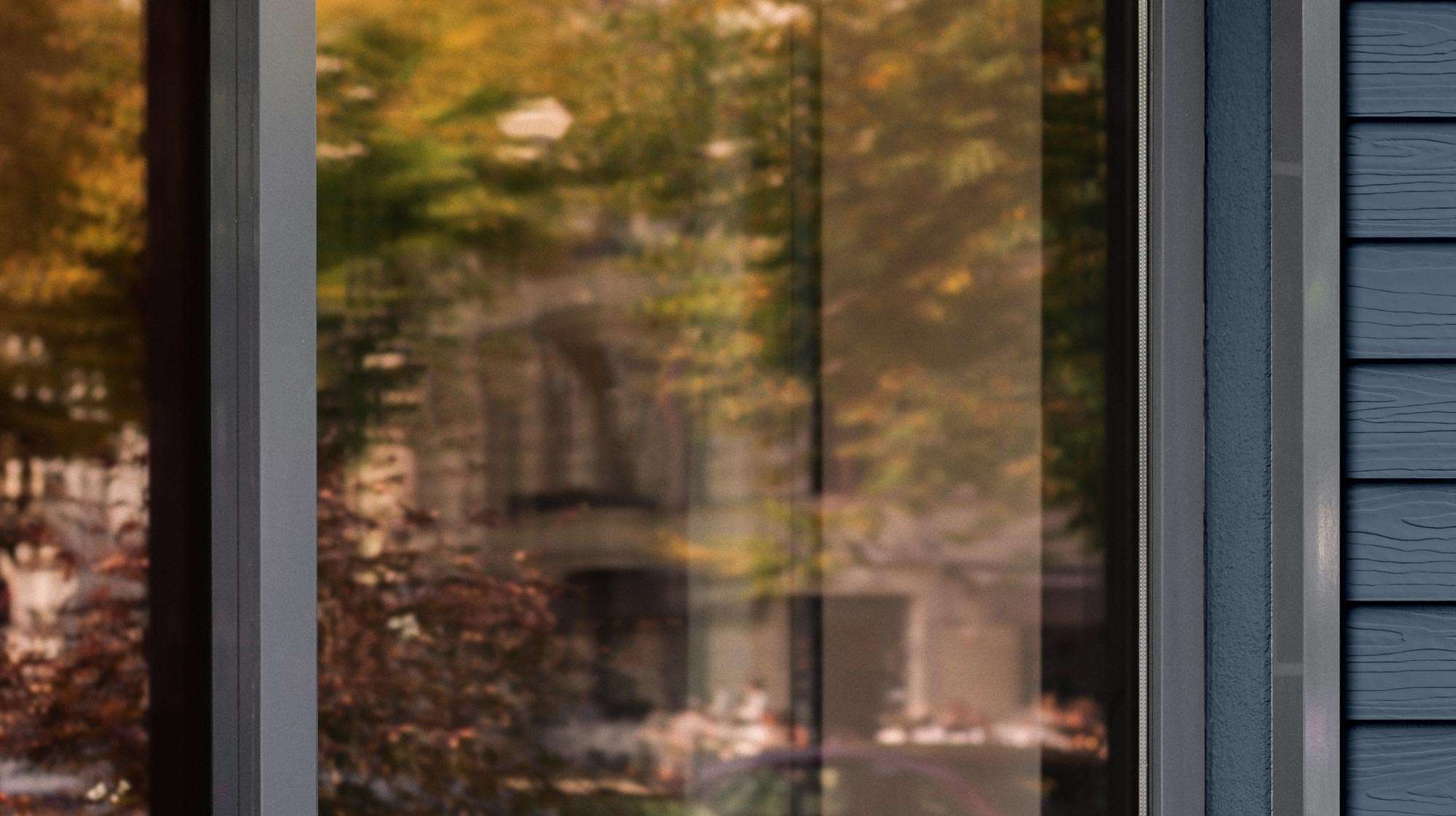Introduction
Pismo Beach is known for its stunning coastline and laid-back vibe. Its stucco homes, with their textured elegance, add to the town’s charm. But behind the scenes, these homes often face an invisible enemy—termites. They work in silence, hidden behind the walls, their presence betrayed only by the faintest signs.
Picture this: A beautiful stucco home, bathed in the golden glow of a California sunset. The sea breeze carries the sound of waves, but beneath that serene exterior lies a hidden battle. Termites are at work, quietly threatening the integrity of a home that tells the story of Pismo Beach’s architectural heritage.
Table of Contents
- Introduction
- The Charm of Stucco in Pismo Beach
- Termites: The Silent Invaders
- Signs That Reveal Termite Activity
- Fortifying Your Home: Preventative Measures
- Why Rogall + Co. Is Your Trusted Partner
- Conclusion
The Charm of Stucco in Pismo Beach
Stucco homes are more than just structures in Pismo Beach—they are part of the town’s identity. Their textured finish, created from a mixture of sand, lime, and water, provides a natural elegance that blends beautifully with the coastal environment. These homes not only offer aesthetic appeal but also practical benefits, such as insulation against the sun and wind.
However, the very characteristics that make stucco so appealing—its versatility and durability—can sometimes hide vulnerabilities. Beneath the smooth facade, termites find opportunities to infiltrate, using cracks or areas where stucco meets wood as entry points.
Termites: The Silent Invaders
Termites are nature’s recyclers, playing an important role in breaking down dead wood in forests. But when they target homes, their industriousness becomes a nightmare. Unlike pests that are easy to spot, termites work discreetly, hidden behind walls or underground.
Stucco itself isn’t their target; they don’t consume it. However, the material can act as a shield, masking the damage being done to the wood beneath. Termites often exploit small openings or areas where moisture collects, slipping through unnoticed and wreaking havoc.
Signs That Reveal Termite Activity
Detecting termites in a stucco home can feel like solving a mystery. They don’t announce their presence, but subtle clues can give them away:
- Mud Tubes: These pencil-thin pathways, often found near foundations, act as highways for termites to travel from the soil to their food source.
- Pinholes in Stucco: Tiny holes appearing on your stucco walls may indicate termites burrowing through to reach the wood beneath.
- Bubbling or Peeling Paint: Moisture buildup caused by termite activity can create visible imperfections in the paint or stucco surface.
- Hollow Wood Sounds: Tapping on wooden beams or frames and hearing a hollow sound is a strong indicator of termite damage.
- Swarmers or Discarded Wings: If you spot small, winged termites around your home or find piles of wings near windows or doors, it’s time to act.
Each of these signs tells a story of hidden activity—a silent invasion that, if left unchecked, could lead to structural damage.
Fortifying Your Home: Preventative Measures
Every battle has its strategies, and protecting stucco homes from termites is no different. The key is proactive defense.
- Regular Inspections: Annual professional inspections can uncover vulnerabilities before they escalate. Focus on the foundation, where stucco meets the ground, and areas prone to moisture.
- Sealing Cracks: Stucco can develop cracks over time due to weather or settling. Sealing these cracks promptly prevents termites from finding entry points.
- Managing Moisture: Termites thrive in damp conditions. Ensure proper drainage around your home, repair leaks immediately, and clean gutters regularly.
- Pre-Treatment of Soil: Treating soil with termiticides before construction creates a protective barrier against subterranean termites.
- Physical Barriers: During construction, consider adding metal or crushed rock barriers to deter termites from tunneling into your home.
- Proper Wood Placement: Ensure wooden components are not in direct contact with the ground. Keep mulch and soil away from the base of stucco walls.
- Bait Systems: Installing termite bait stations allows you to monitor activity and take action before infestations spread.
Taking these steps ensures that your stucco home remains a fortress, capable of standing strong against both coastal weather and termite invasions.
Why Rogall + Co. Is Your Trusted Partner
When it comes to defending stucco homes in Pismo Beach, Rogall + Co. offers expertise rooted in science and years of experience. We understand the unique challenges posed by this coastal environment and the specific vulnerabilities of stucco homes.
From detailed inspections to customized treatment plans, we don’t just address termite problems—we create solutions that prevent them from returning. Our team takes pride in protecting the architectural beauty of Pismo Beach while ensuring the safety and longevity of every home we work with.
Conclusion
Stucco homes are a hallmark of Pismo Beach’s charm, but the threat of termites is a reality that every homeowner must face. Recognizing the signs, taking preventative measures, and partnering with trusted experts like Rogall + Co. can make all the difference.
Think of your home as a living story—a reflection of your life and the beauty of the place you live. Protect that story by staying vigilant against the hidden dangers of termites. With the right care and support, your stucco home can continue to be a proud part of Pismo Beach’s legacy for years to come.
